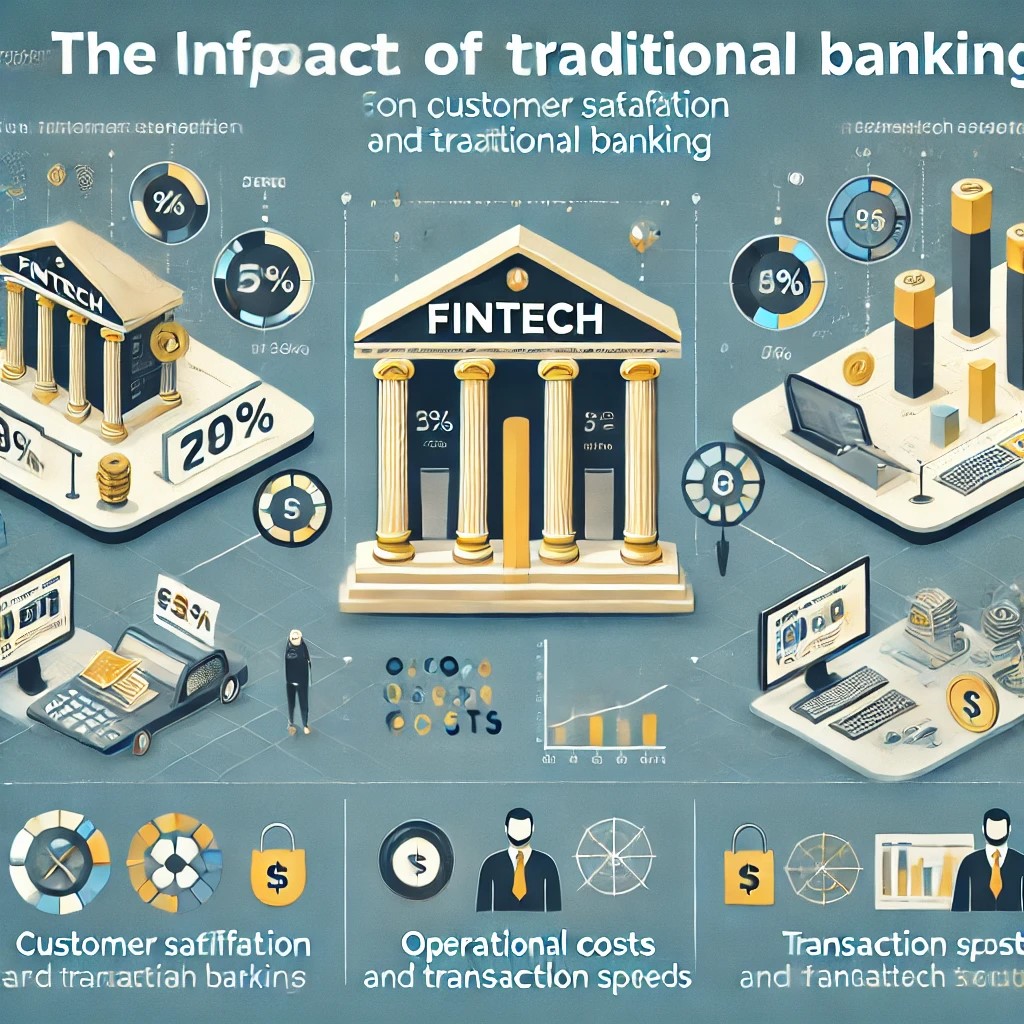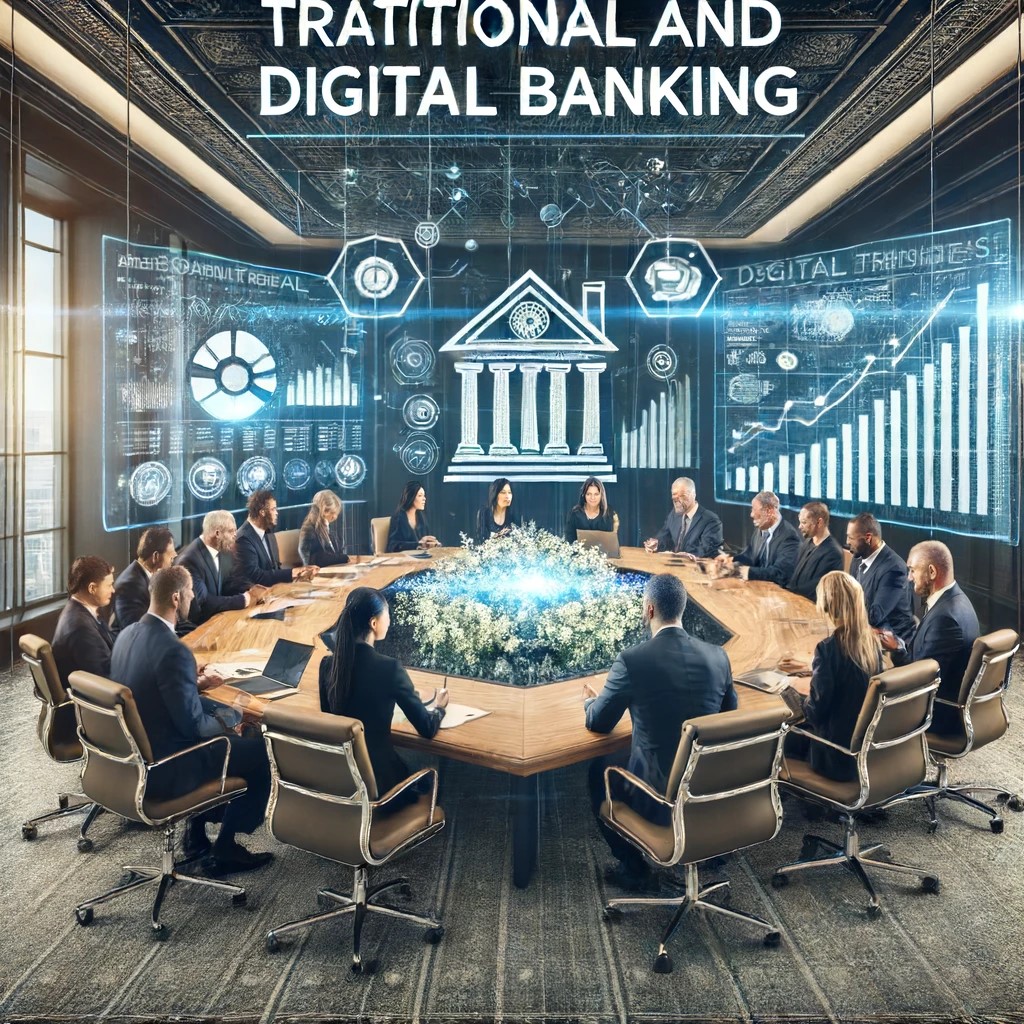Impact of Technology on Traditional Banking
The rapid evolution of technology has profoundly transformed the banking industry, reshaping the landscape of traditional banking. This digital revolution has led to the development of new banking models and the redefinition of customer relationships, compliance procedures, and business strategies. This article delves into the current impact of technology on traditional banking, identifies ongoing trends, and speculates on future developments.

Current Impact of Technology on Traditional Banking
Enhanced Customer Experience: Technology has drastically improved customer experience in banking. Online and mobile banking platforms allow customers to perform transactions, check balances, apply for loans, and receive customer support 24/7 without visiting a branch. This convenience has redefined customer expectations and set new standards for service delivery.
Greater Efficiency and Lower Costs: Automated processes and digital solutions have significantly increased efficiency in traditional banking operations. Technologies such as AI and machine learning are used for risk assessment, fraud detection, and customer service, leading to reduced operational costs and improved accuracy.
Innovative Products and Services: Technological advancements have enabled banks to offer innovative products that were not possible before. These include digital wallets, peer-to-peer payment platforms, and personalized financial advice through robo-advisors, enhancing the bank’s competitive edge.

Current Trends Influencing Traditional Banking
Rise of FinTech and Challengers: The surge in financial technology (FinTech) companies is one of the most significant challenges to traditional banks. These entities specialize in specific segments of banking services, offering faster, cheaper, and more user-friendly alternatives. This has compelled traditional banks to innovate aggressively to retain their market share.
Increased Regulatory Focus on Technology: As technology becomes integral to banking, regulatory bodies are increasingly focusing on managing the risks associated with digital banking. Regulations concerning cybersecurity, data protection, and digital operations are becoming stricter, pushing banks to invest heavily in security technologies.
Blockchain and Cryptocurrencies: Blockchain technology offers enormous potential to revolutionize banking transactions. By enabling secure, transparent, and efficient transactions, blockchain technology is poised to redefine payment systems. Additionally, as cryptocurrencies gain acceptance, banks are exploring ways to integrate these assets into their traditional banking frameworks.

Future Predictions for Technology in Traditional Banking
Banking as a Service (BaaS): The future may see traditional banks increasingly adopting a BaaS model, where banking systems are opened up to third parties to build new services atop their regulated infrastructure. This could lead to a more integrated financial ecosystem with seamless interaction between different financial services providers.
Greater Integration of Sustainability: Technology will also be instrumental in integrating sustainability into banking. This could involve automated systems for green finance, where loans with favorable terms are automatically offered for environmentally friendly projects, reflecting a growing emphasis on sustainable finance.
Conclusion
The impact of technology on traditional banking is profound and ongoing. As banks navigate these changes, the focus will likely remain on enhancing efficiency, improving customer service, and ensuring compliance. Looking ahead, banks that can effectively integrate new technologies into their operations while maintaining robust security measures will be well-positioned to succeed in this evolving landscape.
(Writer:Matti)





